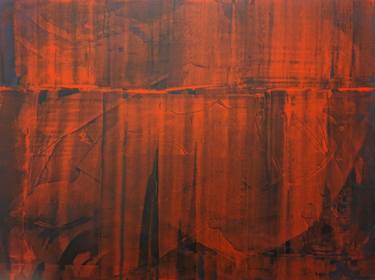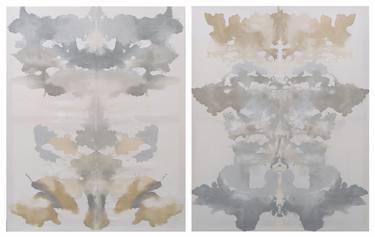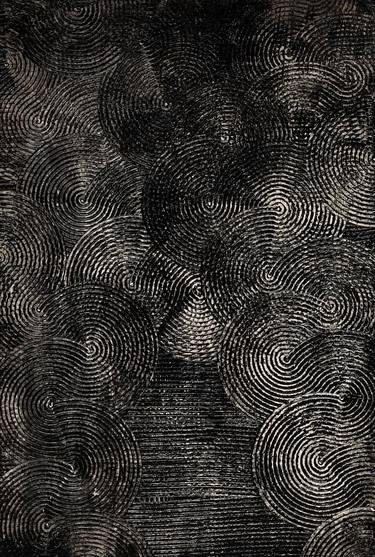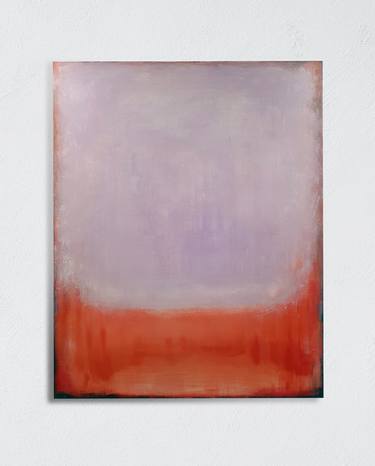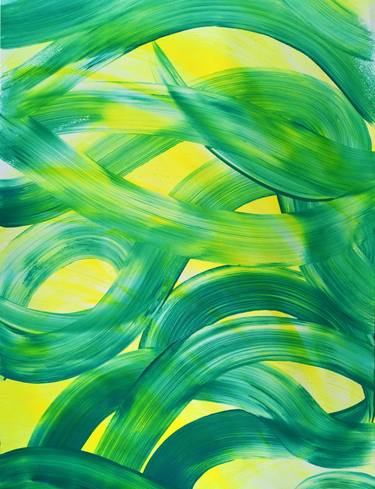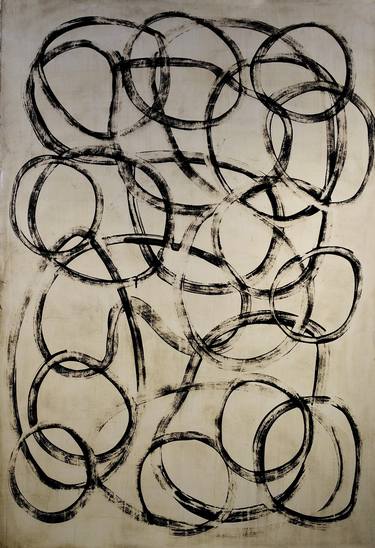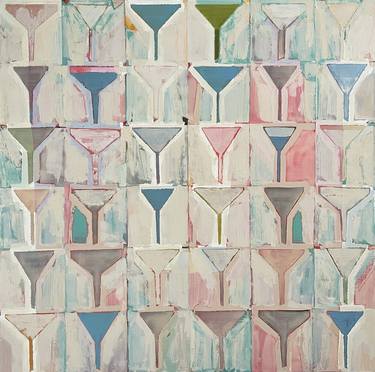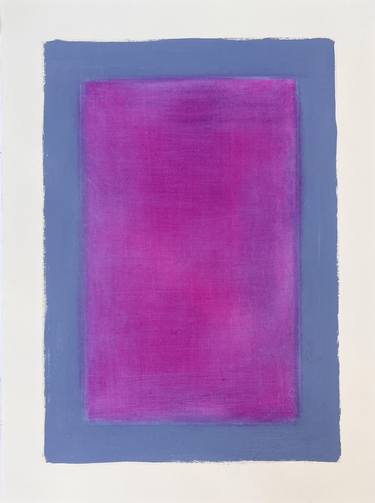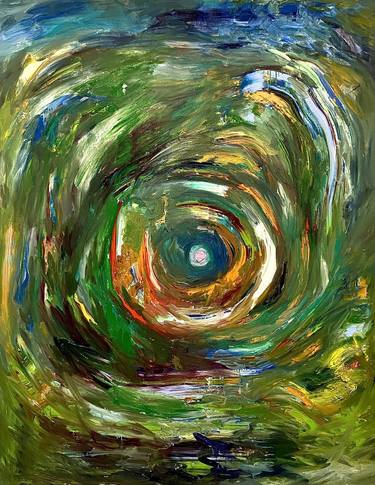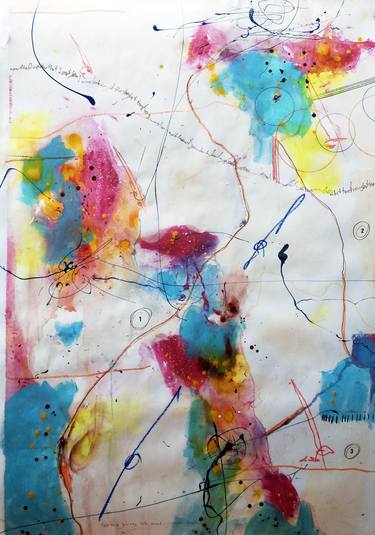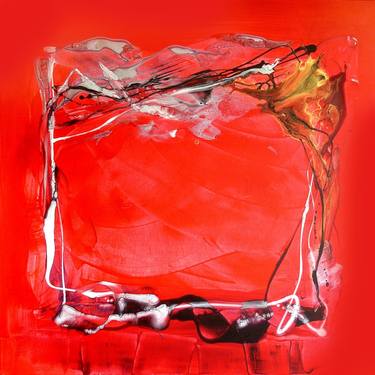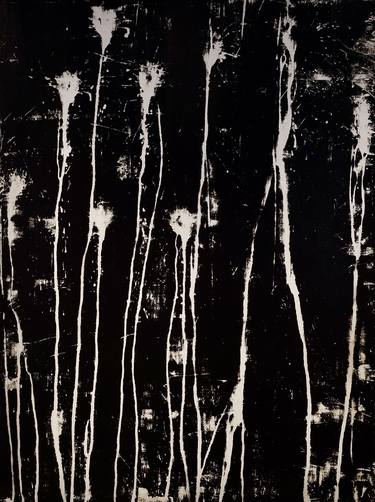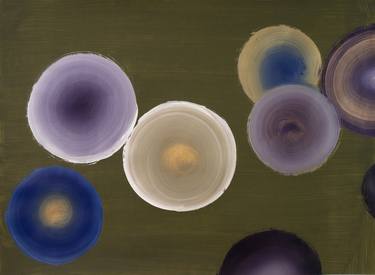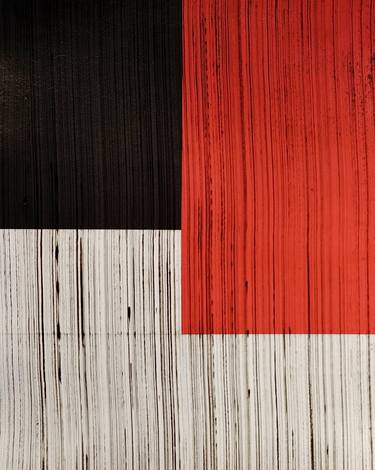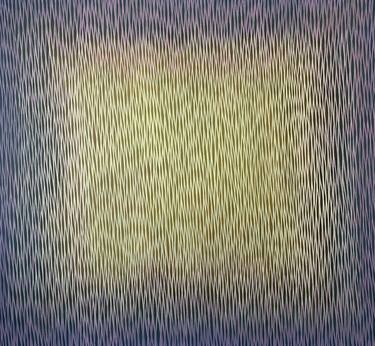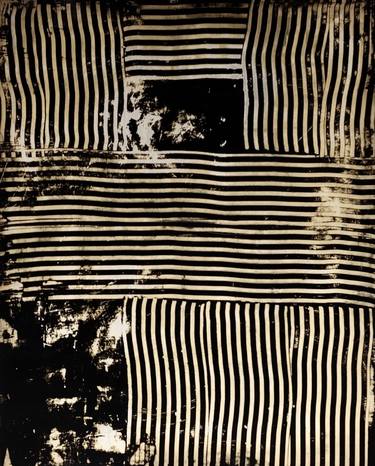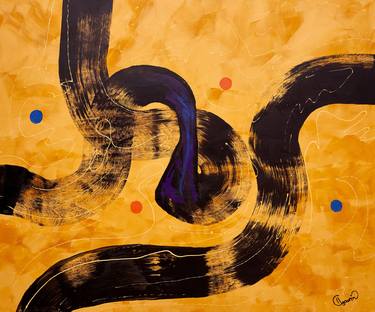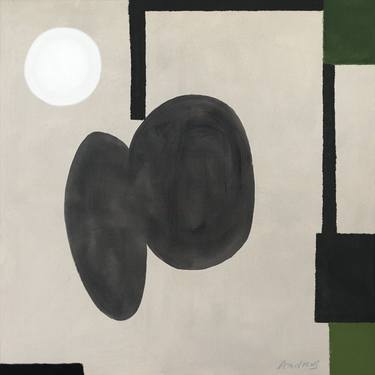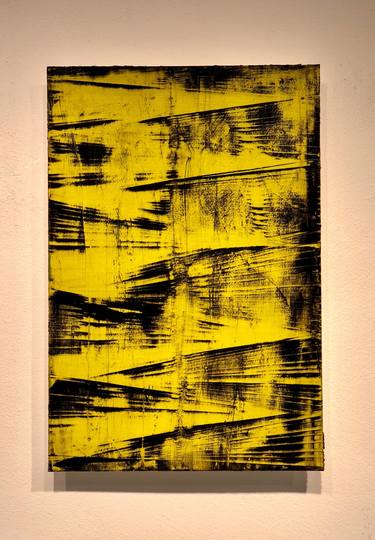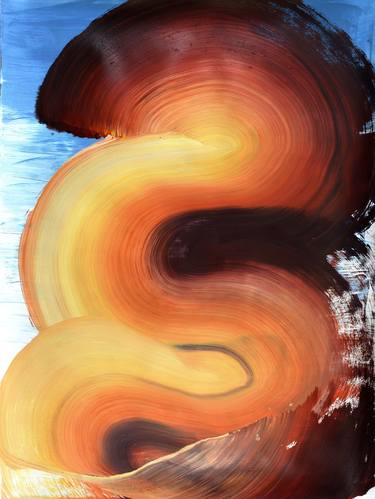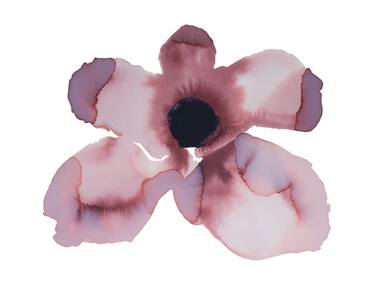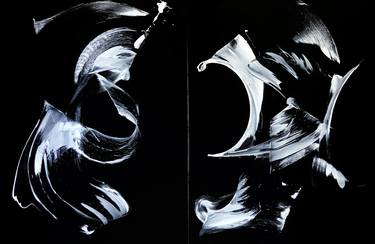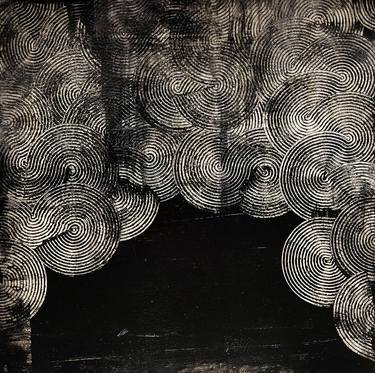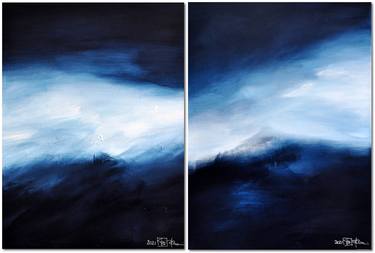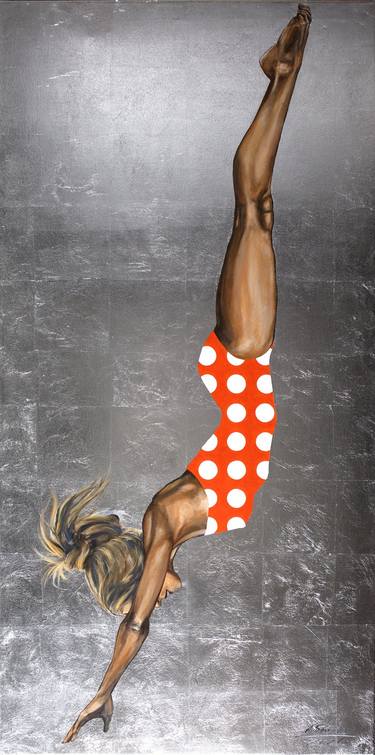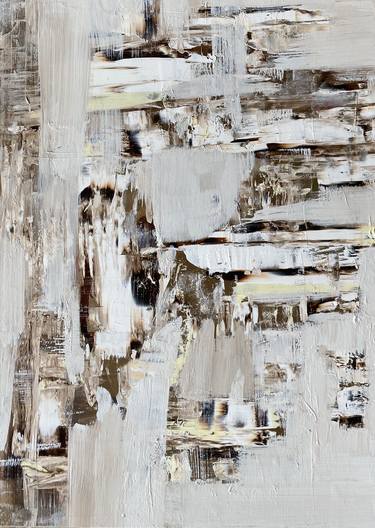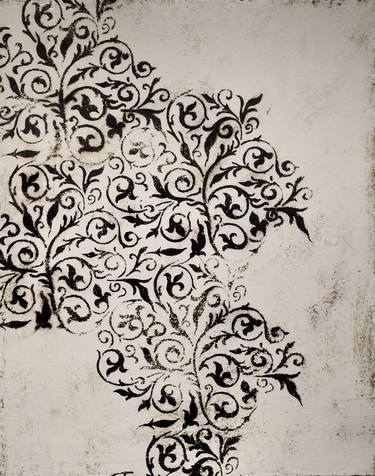- All Artworks
- Paintings
- Minimalism
Minimalism Paintings For Sale
Browse art and see similar matches
Try Visual Search
Category
Filter (1)
Filter
Category
Style
Subject
Medium
Material
Price
Size
Orientation
Color
Artist Country
Featured Artist
Paintings, 9 W x 12 H x 0.7 D in
Canada
$300
Paintings, 22 W x 29.9 H x 0.1 D in
Italy
$1,690
Prints from $100
Paintings, 38.2 W x 58.3 H x 0.1 D in
Ukraine
$740
Paintings, 16.5 W x 16.5 H x 1.6 D in
Spain
$1,640
Paintings, 47.5 W x 36 H x 1.5 D in
United States
$970
Neutral Mirroring! diptych (2 pieces, each 110x140cm)
Paintings, 86.6 W x 55.1 H x 0.8 D in
Germany
$4,320
Paintings, 11 W x 16.1 H x 0.1 D in
Italy
$1,090
Prints from $100
Paintings, 48 W x 60 H x 1.5 D in
Australia
$7,170
Paintings, 22 W x 30 H x 0.1 D in
United States
$980
Prints from $80
Paintings, 29.9 W x 45.7 H x 0.1 D in
Italy
$2,980
Prints from $100
Paintings, 12 W x 12 H x 1.5 D in
Canada
$480
Prints from $40
Paintings, 48 W x 48 H x 1.5 D in
Canada
$4,610
Prints from $52
Paintings, 51.2 W x 51.2 H x 1.4 D in
Moldova
$4,920
Prints from $61
Paintings, 17.9 W x 24 H x 0.1 D in
Italy
$750
Prints from $40
Paintings, 54 W x 72 H x 0.1 D in
United States
$4,600
Prints from $40
Paintings, 78.7 W x 39.4 H x 1.2 D in
Ukraine
$1,070
Paintings, 27.6 W x 39.4 H x 0.1 D in
Spain
$849
Prints from $40
Paintings, 31.5 W x 47.2 H x 1.6 D in
France
$4,340
Prints from $100
Paintings, 40 W x 40 H x 1.5 D in
United Kingdom
$1,537
Paintings, 17.7 W x 13.8 H x 0.8 D in
Poland
$570
Prints from $40
Paintings, 22 W x 29.9 H x 0.1 D in
Italy
$2,190
Prints from $100
Paintings, 30 W x 22 H x 0.1 D in
United States
$980
Prints from $80
Paintings, 31.5 W x 39.4 H x 1.2 D in
Vietnam
$1,340
Paintings, 15.7 W x 19.7 H x 0.1 D in
Italy
$1,640
Prints from $100
Paintings, 27.6 W x 19.7 H x 1.2 D in
Turkey
$1,290
Prints from $95
Paintings, 39.4 W x 36.2 H x 0.1 D in
Ukraine
$1,270
Prints from $100
Paintings, 24 W x 30 H x 0.1 D in
United States
$2,670
I will see you in the future 3
Paintings, 16.1 W x 20.1 H x 0.1 D in
Italy
$1,640
Prints from $100
Paintings, 11 W x 15 H x 0.1 D in
United States
$310
Prints from $40
THE SLEEPLESS LONGING FOR THE DISTANT (triptych)
Paintings, 149.6 W x 59.1 H x 1.8 D in
Germany
$16,200
Prints from $97
Paintings, 47.2 W x 39.4 H x 0.8 D in
Denmark
$1,860
Paintings, 11.8 W x 11.8 H x 0.8 D in
Germany
$490
Paintings, 57.5 W x 57.5 H x 0.8 D in
Spain
$5,150
Prints from $100
FALL IN LOVE AT WINTER TIME IV
Paintings, 12.2 W x 18.1 H x 0.1 D in
Italy
$720
Paintings, 7.9 W x 11.8 H x 0.1 D in
Hungary
$330
Paintings, 33.5 W x 31.5 H x 0.8 D in
Bulgaria
$3,870
Prints from $62
Paintings, 24 W x 30 H x 1.5 D in
Canada
$1,270
Prints from $40
Paintings, 16.1 W x 10.6 H x 1.1 D in
France
$1,200
Prints from $55
Paintings, 22 W x 30 H x 0.1 D in
United States
$980
Prints from $80
Paintings, 48 W x 36 H x 0.1 D in
United States
$5,040
Paintings, 19.7 W x 27.6 H x 1 D in
Hungary
$2,730
Prints from $100
Paintings, 56 W x 46 H x 1.3 D in
United States
$7,110
Paintings, 12 W x 9 H x 0.1 D in
United States
$175
Prints from $40
Paintings, 22 W x 30 H x 0.1 D in
United States
$980
Prints from $80
The Inevitable Conclusion Diptych
Paintings, 76 W x 48 H x 1.5 D in
United States
$10,920
Paintings, 15.7 W x 15.7 H x 0.1 D in
Italy
$1,000
Prints from $100
FLANDERS FIELDS IN EARLY WINTER (diptych)
Paintings, 51.2 W x 31.5 H x 0.8 D in
Germany
$2,880
Prints from $98
Paintings, 31.5 W x 63 H x 0.8 D in
Germany
$3,160
Paintings, 43.3 W x 59.1 H x 0.8 D in
Switzerland
$4,270
Prints from $40
Paintings, 15.7 W x 19.7 H x 0.1 D in
Italy
$1,040
Prints from $100

